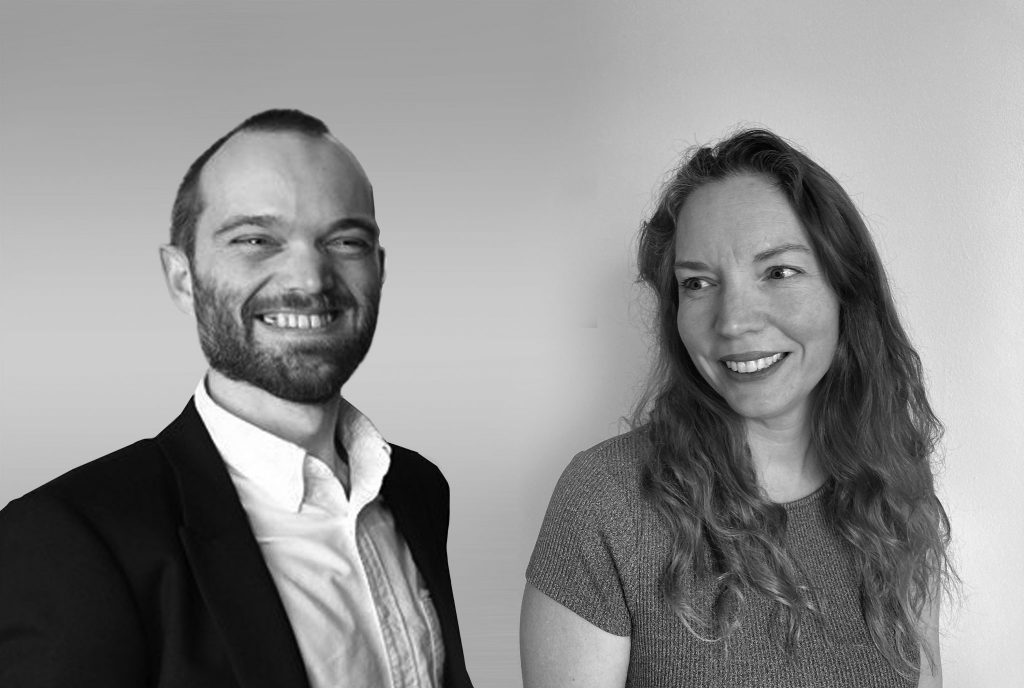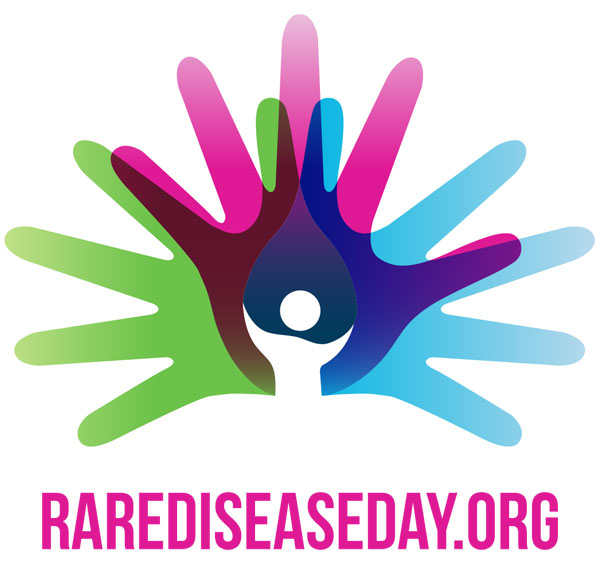
Patient advisory boards in rare diseases: 5 considerations for clinical development
1 June 2019
Deafness: Turning a ‘disability’ into an ‘ability’ in the workplace
1 May 2021
By Jayne Carey-George
28th February 2021 is Rare Disease Day®, an important milestone in Sciterion’s calendar, when we take the time to celebrate and raise awareness of the patients, families and carers affected by rare diseases.
Let’s take a minute to imagine experiencing tremendous pain every time you walk a few steps to answer the door or to make a cup of tea in your own home. After years and years of pain, a new treatment comes along which controls this pain and, then, you can walk to the shops without a second thought. Imagine how you would feel if your world changed so dramatically – being able to feel more ‘normal’ and enjoy daily life and activities that many of us take for granted? This is reality for patients where new products are being developed to treat their rare diseases.
At Sciterion, we are very passionate about the medical education we deliver because of the difference it can make to peoples’ lives. When this involves rare diseases, it has a special place in our hearts because it is often about a new product that can make a significant and positive impact on the lives of people affected by a rare disease.
A disease is defined as rare when it affects less than 1 in 2000 people. There are more than 6000 rare diseases and over 300 million people live with one of these diseases worldwide, of which 30 million live in Europe. An estimated 1 in 20 people will live with a rare disease at some point during their lifetime. So, it may not be as ‘rare’ as you think. Unfortunately, medical treatments are only available for a mere 5% – around 300 rare diseases. Therefore, it is vital to keep encouraging research and development of treatments by raising awareness of rare diseases to everyone, from the general public to researchers in the lab.
Most rare diseases are genetic and start in childhood. The patient journey can be a long and frustrating one, taking an average of 6–8 years to arrive at the correct diagnosis, during which time a patient may see up to 8 physicians and receive 2–3 misdiagnoses. Even when patients receive the correct diagnosis, there are limited treatment options available, and their physician may have little guidance on the best approach to manage the disease.
Timely, evidence-based and targeted medical education is required to reach healthcare communities involved in managing rare diseases. At Sciterion, we have adopted a unique approach, with a strong focus on getting the patient to the right expert physician as soon as possible, to ensure prompt diagnosis and effective management of their disease. Patient organisations also play a key role in the communication and raising awareness of rare diseases. They provide a support network for patients, linking them to the expert physicians and other members of the multi-disciplinary team involved in managing their care. Our strategy – connecting pharma companies with healthcare providers and patients – underpins our successful approach to raise disease awareness at both global and national levels.
Over the past few years, we have built close relationships with people living with X-linked hypophosphataemia (XLH), a rare hereditary lifelong and progressive disease that primarily affects bones, muscle, teeth and hearing due to low phosphate levels in the blood. Low phosphate levels during childhood can cause bones to soften, resulting in deformities of the long bones which causes significant bone, joint and muscle pain. If left untreated, the symptoms tend to worsen, and can be severely debilitating in adults, leading to a poor quality of life.
Our in-depth understanding of the patient and physician’s perspective of XLH, based on their experiences of the patient journey and clinical practice, provides valuable insights into tailoring educational resources for the healthcare community. For example, XLH is often mistaken for nutritional rickets due to similarities in symptoms. We developed a ‘red flags’ leaflet, listing specific signs and symptoms of XLH, based on a patient-centric approach that will alert primary care physicians, thereby triggering referral to the appropriate expert specialists.
“It is absolutely critical for a good patient outcome to be diagnosed early. Therefore, primary care physicians must be able to identify the red flag symptoms of XLH that warrant the referral for further investigation leading to a timely diagnosis”
– Oliver Gardiner, Chair of XLH UK
Sciterion is very proud to support Rare Disease Day®. With our work in medical education, we endeavour to connect people – patients, physicians and pharma – and work together to achieve a better quality of life for everyone affected by a rare disease.
I believe that improving patient outcomes in the rare disease community can only be achieved when patient organisations work together with both clinicians and industry. This is to ensure that we have a better understanding of what matters most to patients and can direct research and treatment appropriately.
– Oliver Gardiner, Chair of XLH UK

